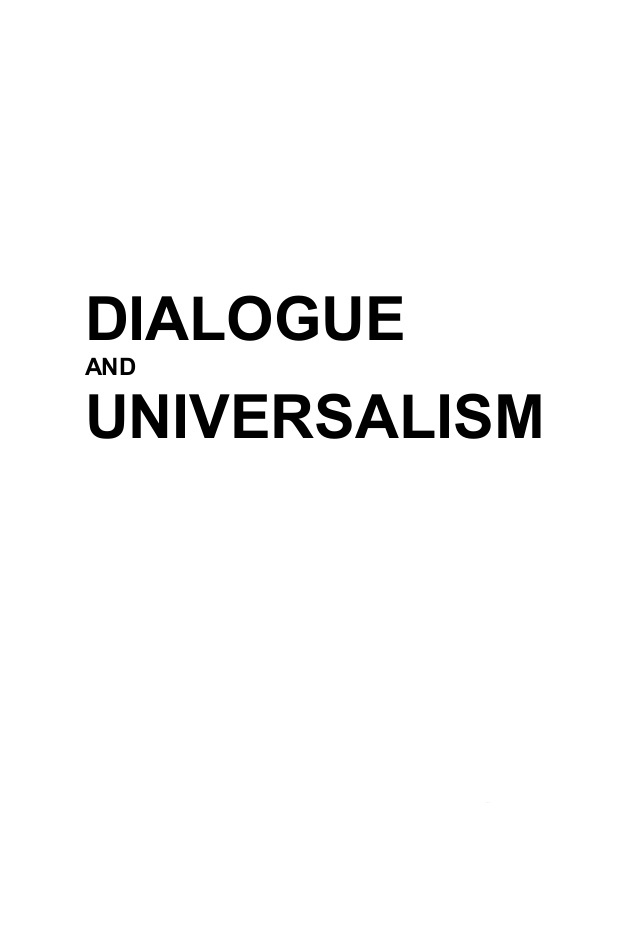SOME PRELIMINARY REMARKS ABOUT THE USE OF THE EXPRESSION “GESTALT” IN THE SCIENTIFIC DEBATE
SOME PRELIMINARY REMARKS ABOUT THE USE OF THE EXPRESSION “GESTALT” IN THE SCIENTIFIC DEBATE
Author(s): Silvia BonacchiSubject(s): Philosophy
Published by: Instytut Filozofii i Socjologii Polskiej Akademii Nauk
Keywords: Gestalt theory; crisis of science; holism; change of meaning.
Summary/Abstract: The first part of this article traces the most important phases of the semantic enrichment and “terminologisation” (in the sense of the transformation of a lexical item from a generic word into a scientific term) of the German expression “Gestalt.” The word “Gestalt” (English translations are: “form,” “shape,” “configuration,” “aspect”) was already documented in the Middle Ages (Old High German: gistalt) in the meaning of “appearance, way of appearing.” From the end of the 18th century, the word was beginning to enlarge its meaning; it started to be used in specific domains (literature, philosophy, psychology) to designate an organic whole. In the first decades of the 20th century, it became a specialized term—a terminus technicus in the philosophical and psychological thought—as Gestalt psychology and Gestalt theory emerged as a new scientific and philosophical orientation. Its exact conceptual definition was heatedly discussed in the philosophical and psychological debates that raged in the first two decades of the 20th century after publishing the famous paper by Christian von Ehrenfels “On Gestalt Qualities” (1890) and it was developed in various psychological schools (the Berlin School, the Graz School) and philosophical orientations (phenomenology, Neo-Kantianism). In the concluding part of the paper, the author traces new developments in the Gestalt approach after the Second World War.
Journal: Dialogue and Universalism
- Issue Year: 2015
- Issue No: 4
- Page Range: 11-20
- Page Count: 10
- Content File-PDF

